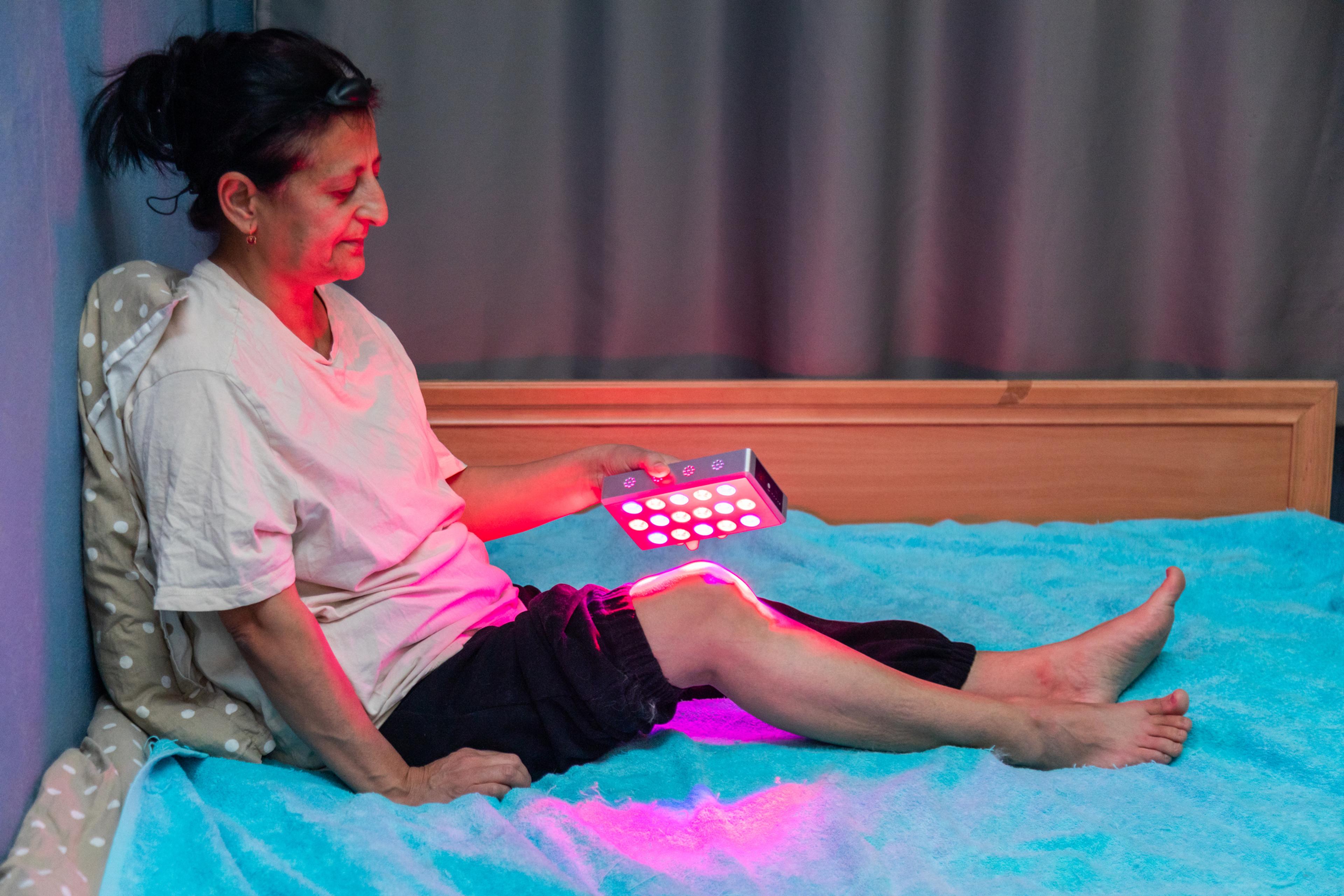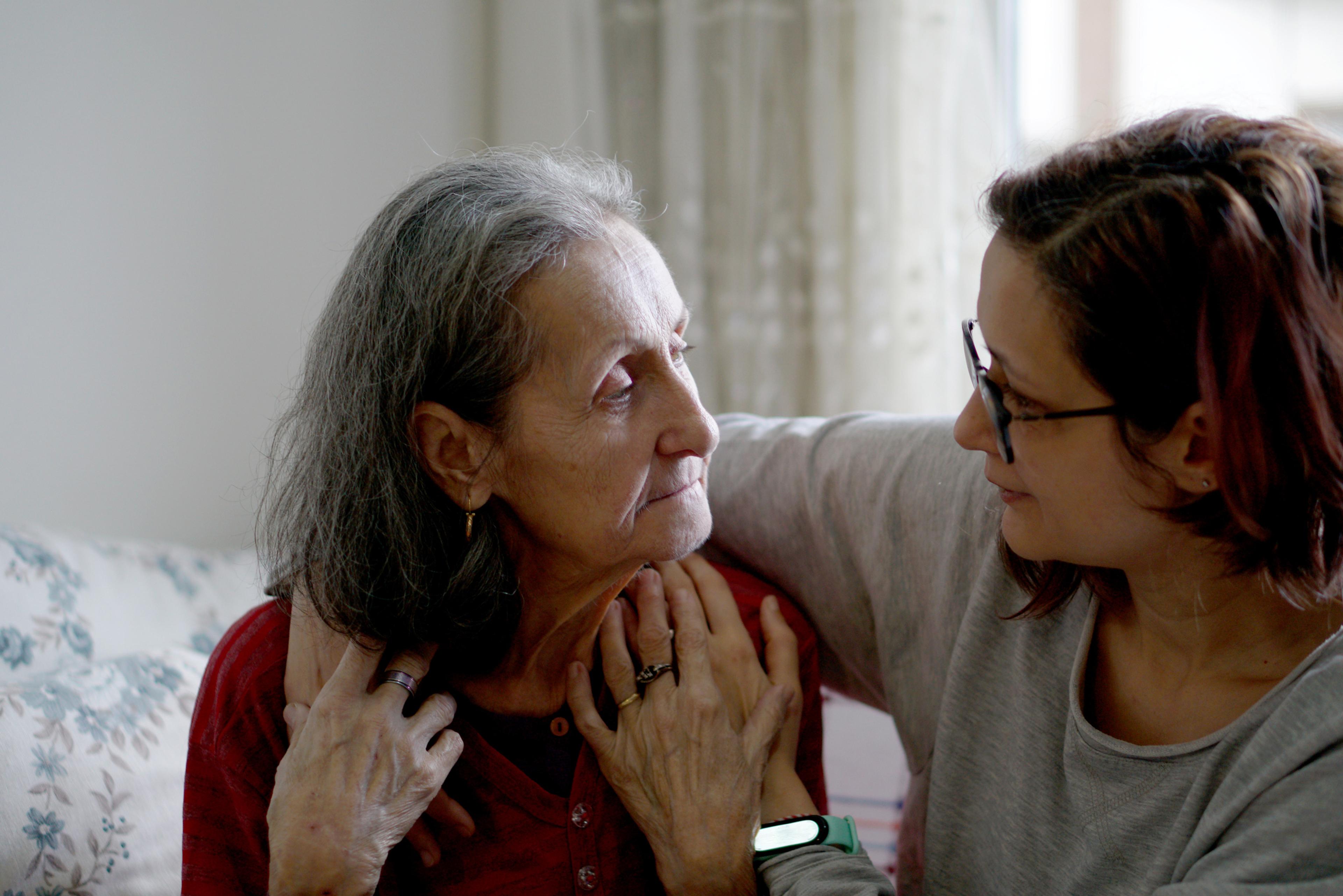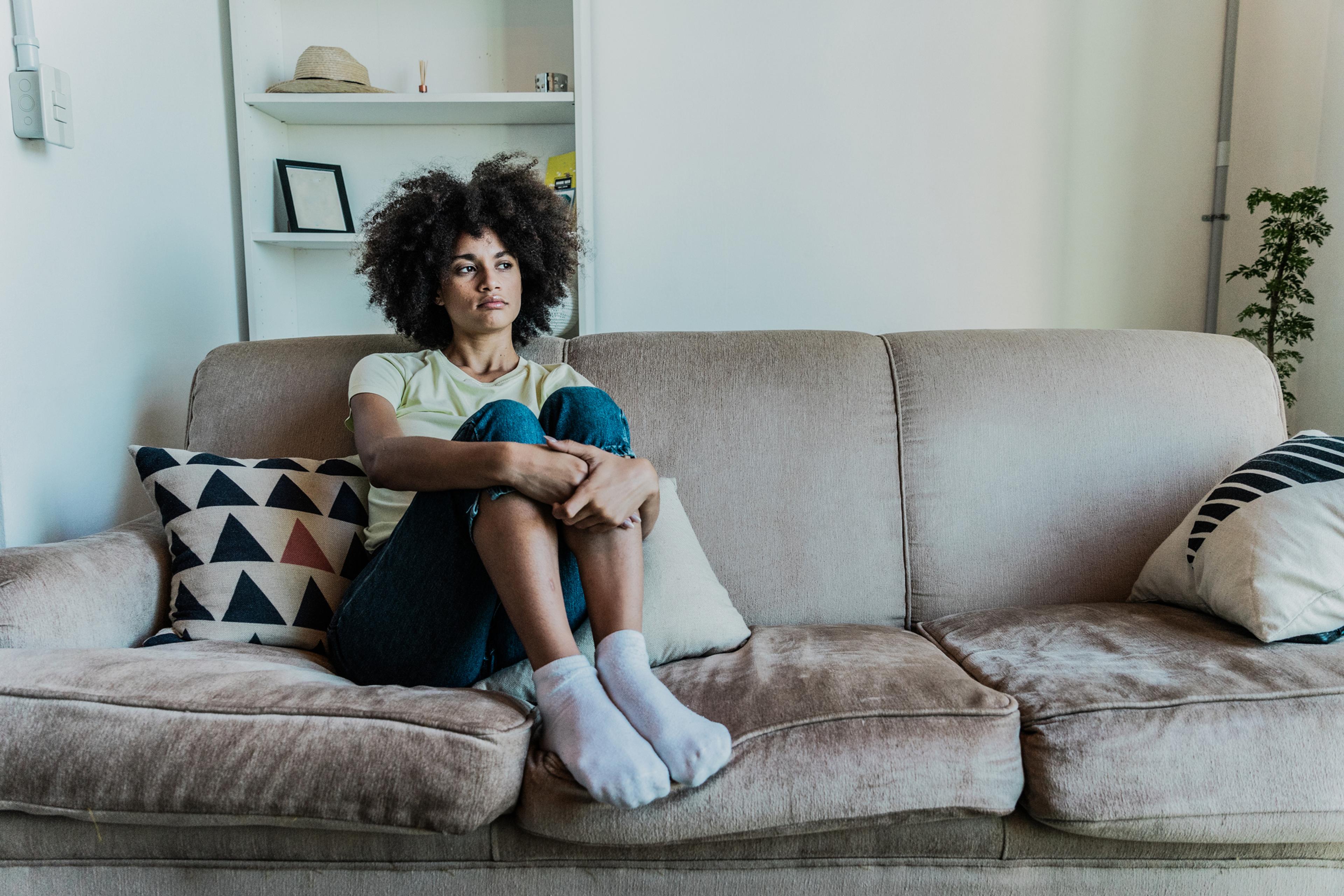What is Red Light Therapy?
Jake Newby
| 4 min read

Red light therapy (RLT) has become a red-hot wellness trend. The LED face masks you’ve probably seen celebrities wear and endorse are powered by RLT, which is a noninvasive treatment method that uses low levels of red light to treat skin issues like redness (rosacea), wrinkles, acne and scars. It’s also used to treat inflammation and pain across different parts of the body.
Most RLT devices on the market today are approved by the U.S. Food and Drug Administration (FDA). Used by dermatologists for years, RLT is becoming more of a household, do-it-yourself form of care. Here is what it is and what to know before you try it.
How does red light therapy work?
RLT uses red light wavelengths to impact and alter skin function. Those seeking results typically do it two to three times per week, using either a mask, lamp, belt, laser or other handheld device, all of which are available for purchase online or in retail stores. These devices emit upwards of 600 nanometers of red light.
RLT works by penetrating the skin and stimulating the “power cells” of the skin, known as mitochondria. The mitochondria absorb the light and increase adenosine triphosphate production (ATP). According to the Cleveland Clinic, mitochondria use this energy to help skin cells boost new cell growth and perform more efficiently.
Potential benefits of red light therapy
More research and larger-scale studies need to be done to determine the effectiveness of RLT, but growing evidence suggests it may help improve common skin conditions and reduce general pain. RLT is used to:
- Enhance skin repair and promote wound healing: The increased production of ATP promoted by RLT can potentially repair and rejuvenate the skin. Though more clinical trials are needed, some research has found that RLT may help modulate key cell characteristics that cause scarring. In this case, RLT is used to reduce collagen production in scar tissue, which can in turn minimize scars or prevent their thickness or visibility.
- Reduce inflammation: Inflammation is a natural healing component of our bodies, but too much inflammation can be the source of chronic pain and irritation. Ice and cold therapy are commonly used to reduce inflammation, but cold-temperature treatment methods slow down blood circulation, which can slow down healing. RLT aims to reduce inflammation without slowing down blood circulation to the tissue, thus accelerating the healing process.
- Treat acne and wrinkles: A 2020 study in the Journal of Drugs in Dermatology found that RLT shows promise for rejuvenating aging skin by boosting the collage-producing, tissue-connecting cells known as fibroblasts that give skin its structure and elasticity. One recent, small study showed that treating acne with RLT reduced mild and moderate breakouts by 36%.
- Reduce hair loss: Recent studies have found RLT effective in stimulating hair growth in individuals with androgenic alopecia, a genetic disorder that causes hair loss. While RLT cannot grow hair in places it never grew before, it can reduce the impact of androgen hormones that damage hair follicles in the scalp and improve hair thickness and growth.
RLT is also being used to help treat short-term pain and stiffness associated with rheumatoid arthritis, side effects from chemotherapy and dementia, but small studies linked to these health concerns either noted that more research is needed or results were only temporary. There is no scientific evidence to support RLT use in weight loss, cancer or mental health conditions like anxiety, depression and seasonal mood disorder (SMD).
Potential risks and dangers of red light therapy
Many forms of RLT are more effective when conducted at your primary care provider’s (PCP) office rather than at home, because of doctors’ expertise and their access to stronger lights. However, risks can develop either way. According to WebMD, red LED lights may cause blisters and redness on the skin, as well as eye damage for some people. Protective goggles are recommended when using an RLT device.
People prescribed medication to increase their skin or eye sensitivity should avoid RLT. Those with a history of skin cancer or eye disease should speak with their PCP before trying it.
Limited research suggests that RLT is safe for pregnant women, but there isn’t enough concrete evidence to deem RLT use during pregnancy safe under all conditions. If you are pregnant and interested in using RLT, speak with your PCP first.
Keep reading Blue Daily:
- Suicide is a Leading Cause of Death for Michiganders: Here’s How Everyone Can Spread Awareness
- Best Diet for Gastroparesis
- What is Polycystic Ovary Syndrome?
Photo credit: Getty Images





